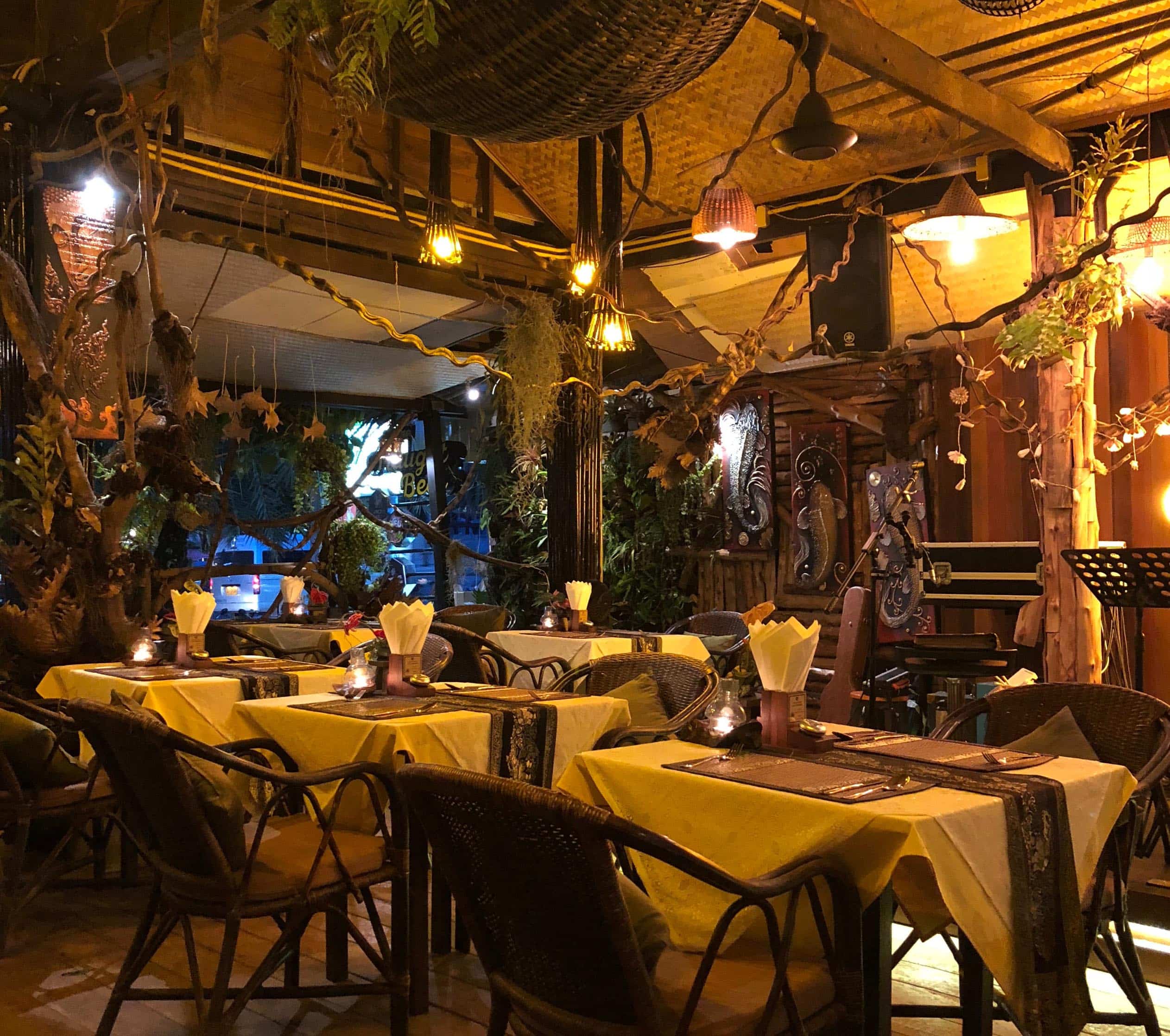Why Your Restaurant Design is Just as Important as Your Food

Why Your Restaurant Design is Just as Important as Your Food
Your menu items are fresh and delicious, but your dining room is far from full. What gives? Maybe it’s the dust-covered artificial fronds, the harsh fluorescent tube lights, or the garish carpet that dates back to the Reagan administration. While your food might be perfectly cooked, the atmosphere is an equally important factor when it comes to running a successful restaurant business. Dining out is about providing a complete experience. Here are just a few ways that restaurant design can make a difference in your business.
Authenticity
The right restaurant design choices can make your authentic cuisine even more spot-on. Whether it is white marble and copper pots in an Italian bistro, or shōji paper room dividers in a sushi bar, adding appropriate cultural elements to your restaurant design will prime your diners for a genuine dinner experience.
Brand
It is essential to consider your brand identity when finalizing your restaurant design; in fact, it should be your starting point. Your brand is your restaurant’s personality and has a major impact on the type of clientele that you attract. Do you want your brand to be family friendly? Rough and rowdy? Refined and exquisite? Choose wisely, and remember that trying to be too many things at once can be confusing and off-putting. Conversely, having no brand identity in your design can make your establishment seem bland and boring no matter how delicious your food is.
Color
Colors play a major role in the psychological mindset of your diners. As a general rule of thumb, warm or neutral color schemes are the best choice for restaurants. Warm colors including shades of red, yellow and orange are known to evoke positive emotions and stimulate the appetite. Neutral colors such as white, beige, tan, and taupe easily coordinate with decor and furniture. Hues of purple, blue and green are more challenging to successfully incorporate in your restaurant design.
Comfort
Creating a cushy and cozy atmosphere will encourage your customers to spend more time in your restaurant, and potentially spend more money on appetizers, desserts, and drinks as a result. That’s one reason why fine dining restaurants often feature plush seats and table cloths. On the other hand, if you have a fast-casual concept you’ll want to encourage a quicker turnover by using harder seating such as metal or reclaimed wood.
Dinnerware
Restaurant design is more than just furnishings and decor; it includes dishes and silverware, as well. Choose dishes that compliment the cuisine you serve and match the atmosphere. While round white plates are a safe choice, picking a more colorful or interestingly-shaped plate can enhance the presentation of your food. Also, be sure that the quality of your silverware is on par with the price point you’ve chosen for your menu.
Entranceway
You may not want to judge a book by its cover, but potential diners will almost certainly judge your restaurant by its entranceway. Create an inviting exterior to encourage passersby to stop in and chow down. This is a great opportunity to convey your brand identity and put your authenticity on display.
Layout
The interior layout of your restaurant design can truly make or break your restaurant. For example, cramming too many tables and chairs into too small of a space will make diners feel crowded and uncomfortable. In addition to making sure your tabletops are appropriately spaced out, you also must consider things like how the food will make its way from the kitchen to the dining room and where your bathrooms are located. Furthermore, a poor kitchen layout can make it harder for the back of the house to handle rushes, potentially causing delays for your diners.
Lighting
Lighting is an essential part of any restaurant design. For a sit-down restaurant, having warm and soft lighting is a must for creating the perfect ambiance. Having lighting that is too bright (or even too dim) can make diners uncomfortable and much less likely to return.
Menu
You might not think that your menu is part of your restaurant design, but it is actually a key component. A well-designed menu can encourage diners to order more items, while a poorly designed menu can have the opposite effect. Consider the type of paper, size, weight, fonts, imagery, colors and descriptions when creating your menu.
Sound
From music to natural acoustics, the sound is an extremely important aspect of restaurant design. The type of restaurant you have, and your clientele, will determine the type of music to play over your speakers. Slow tempo music is ideal for a sit-down, fine dining experience, whereas faster tempo music will encourage quicker turn over that is best suited for a fast-casual diner. In addition to music, you will also want to consider how sounds carry from the kitchen or other parts of the establishment.
Ventilation
It might not factor into the aesthetic of your restaurant’s dining room, but ventilation plays a key part in the comfort level of your patrons. Poor ventilation can result in unwanted odors from the kitchen (or worse yet, the bathrooms) permeating the noses of your discerning guests. Ventilation also affects the air temperature, which, if not optimal, will prevent your customers from fully appreciating your fresh cooked delicacies.
Putting it All Together
As you can see, there is more to restaurant design than meets the eye. While a perfectly designed restaurant won’t necessarily save you if your food needs improvement, a poorly designed restaurant can severely hurt businesses that serve incredibly good food.

One thought on “Why Your Restaurant Design is Just as Important as Your Food”
Comments are closed.